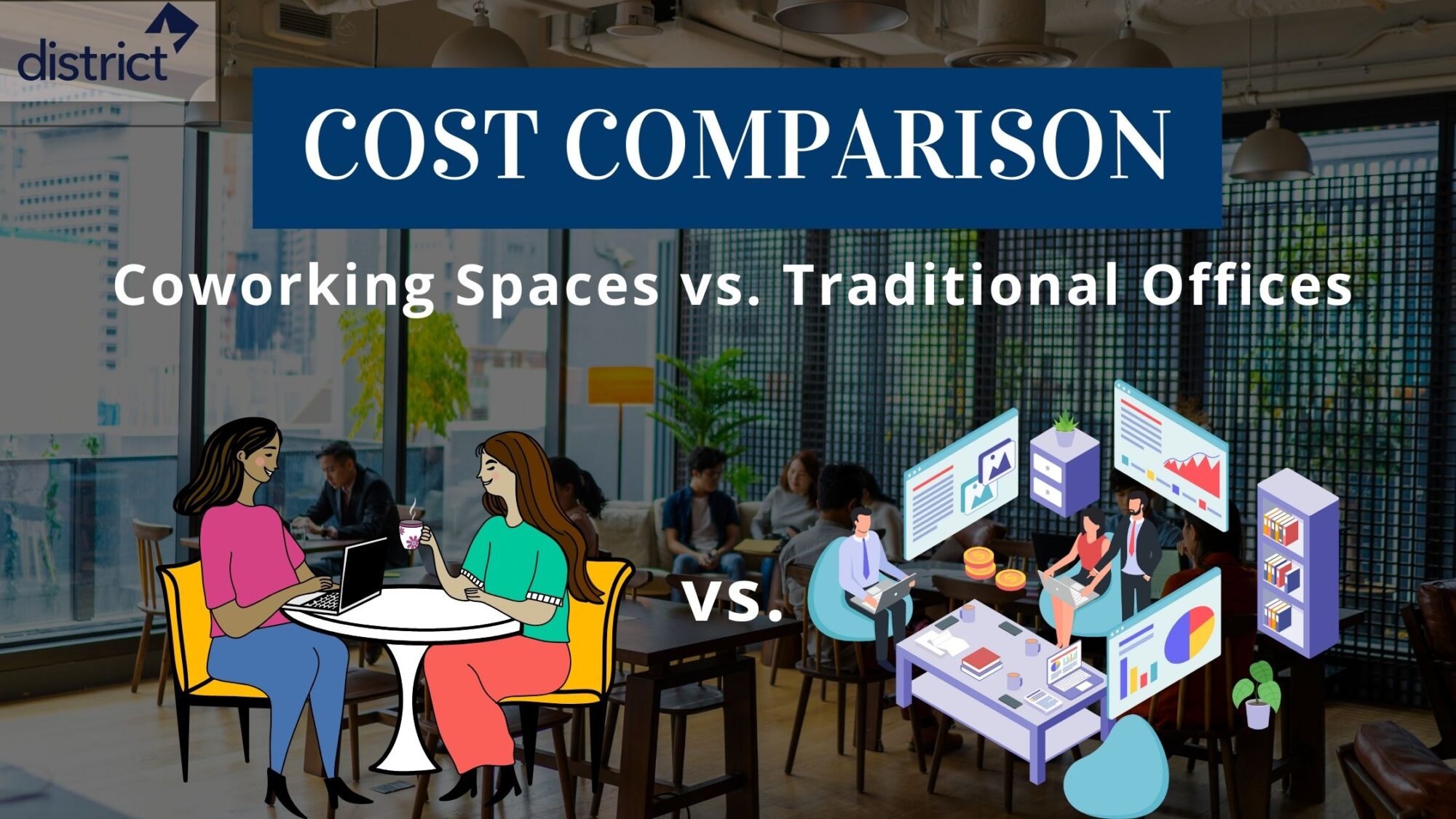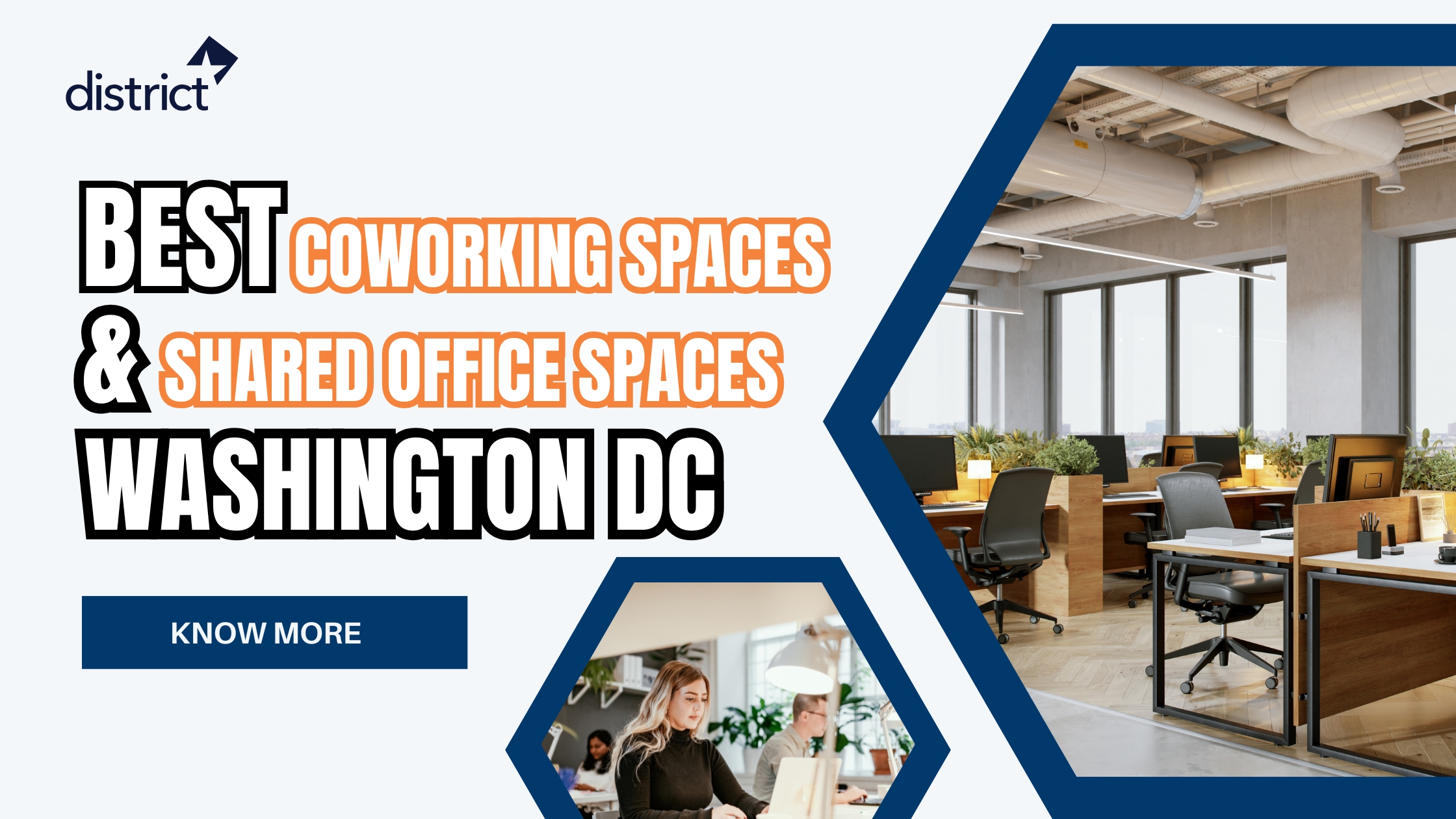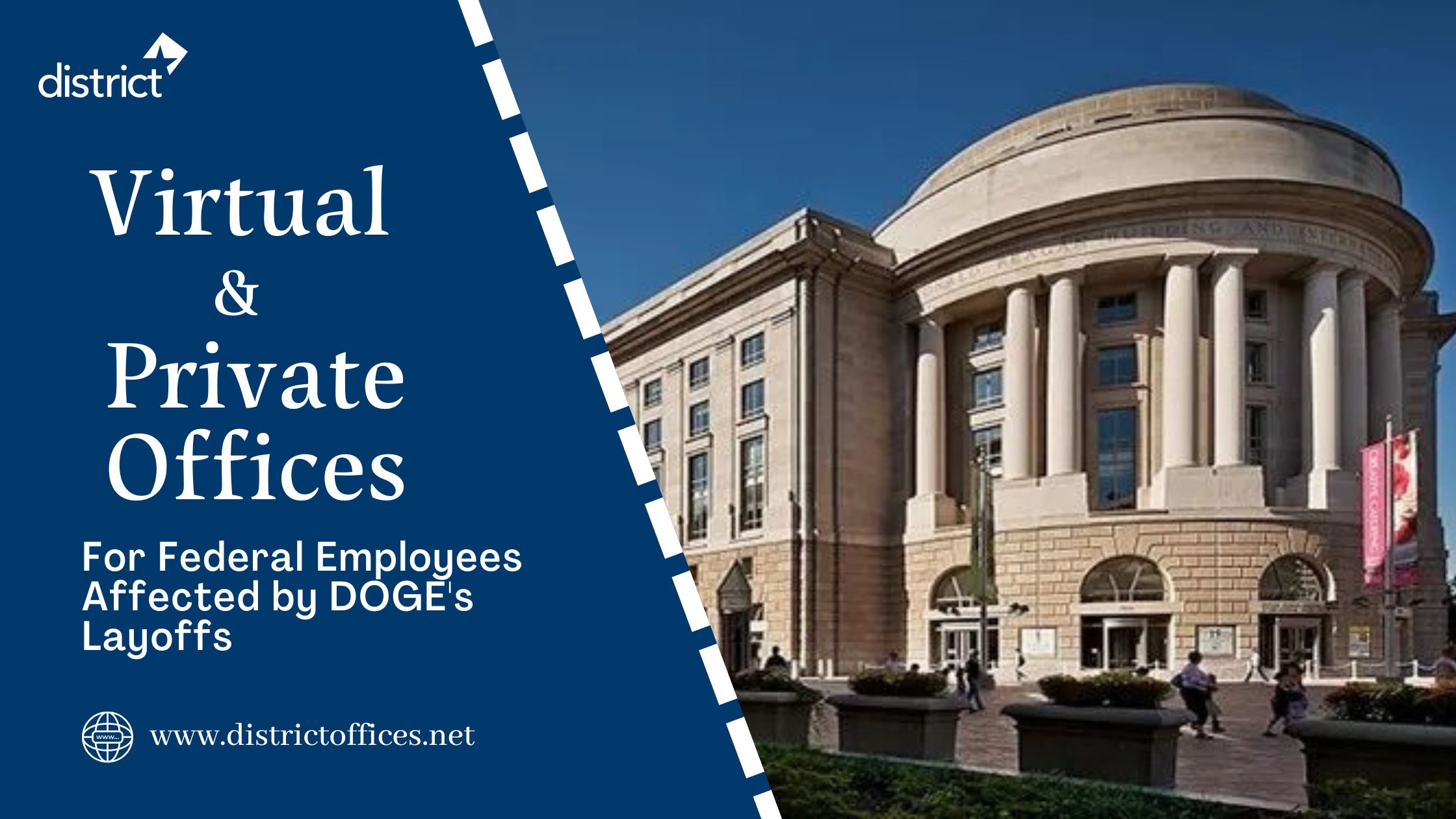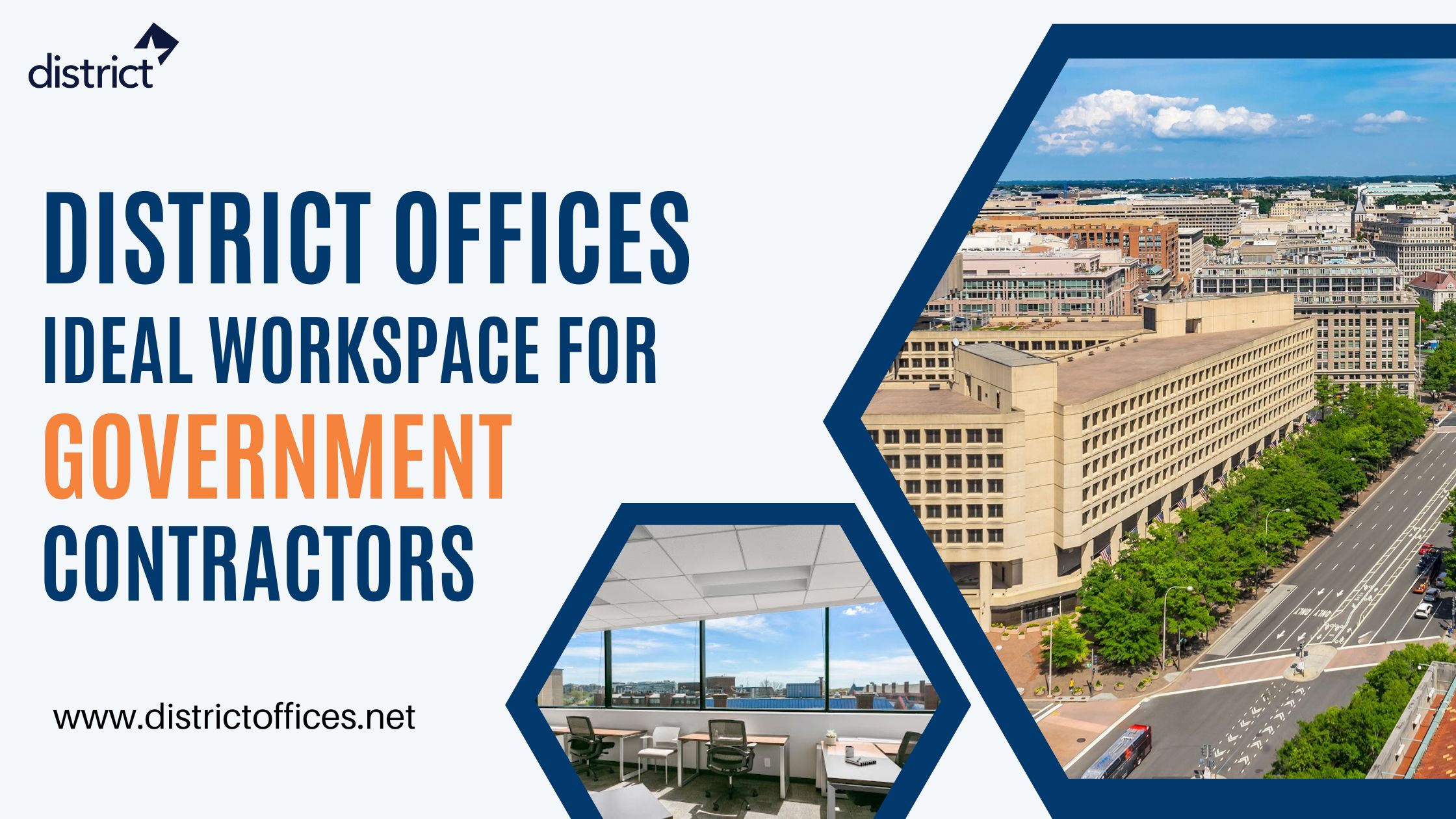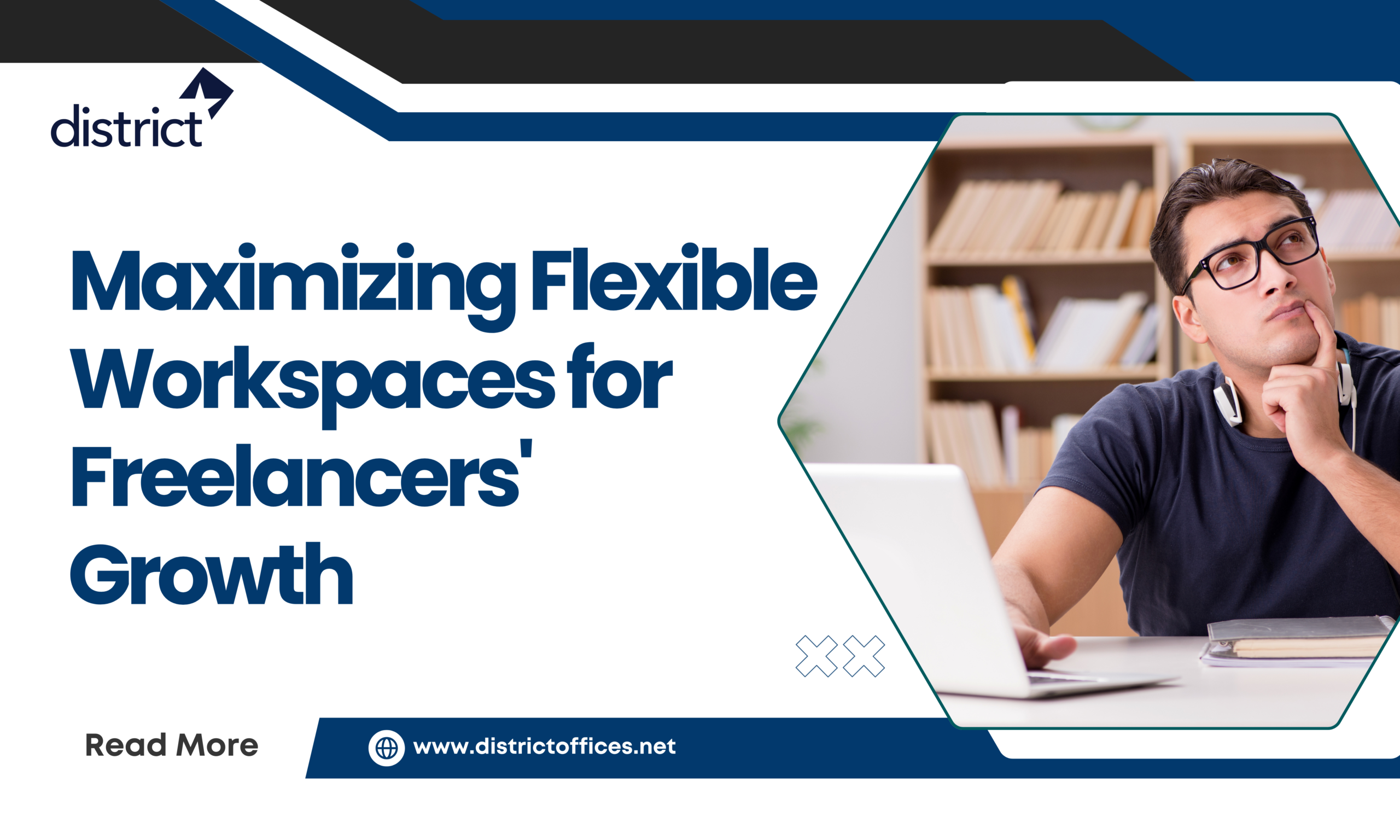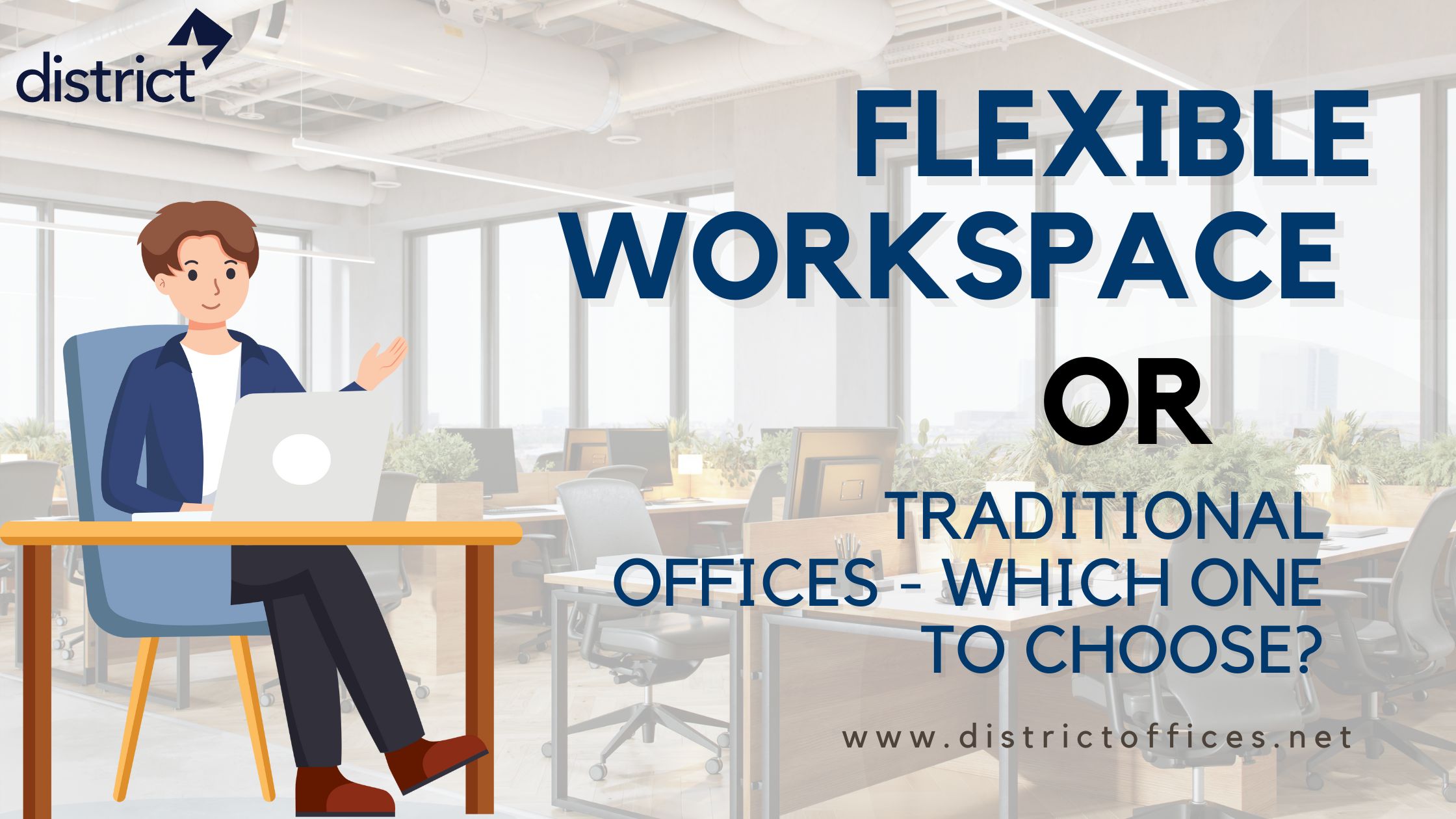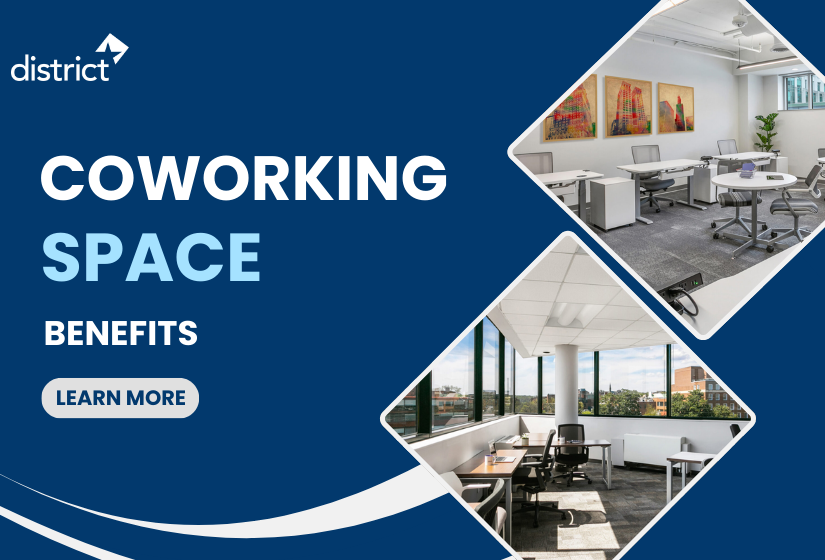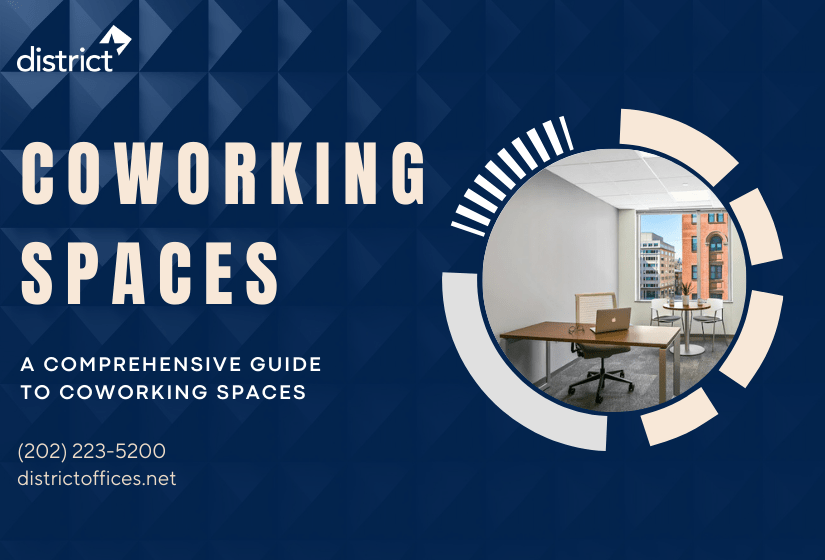Costs and flexibility today play a vital role in the office workspace, particularly for small and medium-sized businesses. Flexibility motivates employees to work harder in an environment that fits their circumstances well and helps them give their best. Now, when businesses need to settle between a traditional workplace or a dynamic coworking space there’s more to consider than just personal preference. It’s an important financial decision for businesses.
Coworking spaces have become essential for modern professionals when looking at the middle of the boom in remote work and freelance culture. These types of workspaces provide flexible work settings that promote productivity, teamwork, and innovation. Although coworking rooms are flexible financially, be aware that they can get expensive over time. This is particularly true for businesses that need more private areas or services. Traditional offices, if considered for the same purpose, have higher initial costs but they offer more predictable and fixed costs in the long term.
It is quite clear that the concept of coworking space is evolving. In this blog, we’ll take a closer look at this decision and compare the financial effects of coworking spaces with traditional offices. Therefore, we will try to fix all your doubts so that you can choose the best-suited workspace for your business. Let’s see which option aligns with modern business values and provides you with the greatest financial return.
Also Read: Why Are Companies Moving to Coworking Office Spaces?
Table of Contents
ToggleCoworking Spaces vs. Traditional Offices: Understanding the Essentials
Before jumping to the cost comparison between Coworking Spaces and Traditional Offices, let us first understand what these spaces are and what key features they offer.
Coworking Spaces
A coworking space is a shared workspace where people from different organizations work in collaboration. These spaces include amenities such as kitchens, lounges, and conference rooms, as well as flexible seating options like hot desks, dedicated desks, etc. With these types of workspaces, you get unmatched growth opportunities that boost your networking and business growth.
Key Features:
Let us now look at the key features of Coworking office spaces:
- Networking Opportunities – When using coworking spaces, you get the advantage of networking opportunities with other businesses or like-minded professionals, leading to successful partnerships.
- Event Spaces – There are many coworking spaces that offer areas for workshops, seminars, or for hosting other events, which is also a huge advantage for businesses.
- Encouraging Innovation and Collaboration – A vibrant and flexible environment of coworking spaces encourages innovation and collaboration, making ideas flourish and businesses grow.
- Cost-effective: When compared to traditional office spaces, coworking spaces are more affordable because you just pay for the space you use.
- Flexible Lease Terms: Coworking spaces provide leases that are flexible enough to let businesses scale up or down in response to their needs.
Also Read: 20 Benefits of Coworking Spaces for Your Business
Traditional Offices
As its name implies, traditional offices are offices with employees from one organization, which creates an environment conducive to business operations daily. They are often used by large companies and corporations, offering a private and customized workspace for business operations. They are normally designed to maintain privacy, with cubicles or private offices to separate employees from each other.
Key Features:
The following are the key features of a traditional office:
- Privacy: A traditional office is a place specifically used for conducting business, it provides private workspaces.
- System displayed the Inward register details under below details.
- Professional Image: A traditional office space provides businesses with a polished image that can improve credibility and draw in customers and partners.
- Reception area: Often called a lobby or front desk area, this area serves as a place to welcome guests and handle administrative duties.
- Cubicles and private offices: Unlike coworking spaces, which are open, traditional offices are often designed with dedicated workspaces for privacy.
- Dedicated Conference rooms: Usually, traditional office buildings have spaces set out for conversations and demonstrations.
- Set working hours: Because the building is only open during business hours, employees must follow regular work schedules with defined start and end times.
Traditional Offices vs Coworking Spaces – Cost Comparison
When comparing the cost of coworking spaces and traditional offices, it is important to consider various financial factors. Unlike traditional offices, coworking spaces provide a cost-effective environment for remote work, with more control over the terms of your agreement. Always remember that costs can vary depending on location, amenities, and what services are included in the membership plan. Now, let us compare these workspaces based on certain parameters such as initial costs, rent, utilities, maintenance, etc.
1) Initial Investment
Traditional Offices: When setting up a traditional office there are a lot of significant initial expenses. These include:
- Real Estate Costs – Buying or renting office space in prime locations can be quite costly.
- Infrastructure – Making your office ready is important and adds up to a significant cost, from computers to telecommunication systems, and high-speed internet, everything is important.
- Furnishing and Renovation: You need to customize the office space as per your business’s brand and operational requirements which requires a significant investment in construction, furniture, and internal layout.
Coworking Spaces: When choosing coworking spaces, these workspaces drastically reduce the initial setup costs:
- No Renovation Costs – When going for these spaces, you will get fully furnished and designed that are functional and aesthetically pleasing.
- Shared Infrastructure: Meeting rooms, high-speed internet, and printing facilities are all part of this package, eliminating the need for separate investments.
2) Recurring Expenses
Traditional Offices: After your office becomes operational, there are additional ongoing costs that include:
- Mortgage or Rent Costs: Monthly payments can differ depending on the location.
- Utilities – There are everyday costs like electricity, water, and more.
- Security: There are also costs associated with the security systems and personnel to ensure the safety of the office premises.
- Maintenance – Routine cleaning, repairs, and general maintenance are essential to keep the office functioning well and presentable.
Coworking Spaces: These workspaces have an all-inclusive pricing:
- Rent: A single monthly fee usually includes rent, utilities, maintenance, and security.
- Utilities: Electricity, water, etc., are all included.
- Maintenance: Regular cleaning and maintenance are also part of the package.
3) Flexibility and Scalability
Traditional Offices: In the case of traditional offices, you must make a long-term commitment, and there is much less flexibility to add or decrease space if your team size changes. Long-term commitment means increased costs, and for growing businesses or startups, this can be a big challenge.
Coworking Spaces: With coworking office space, businesses can efficiently upgrade to a larger private office or add additional workstations within the same space, whenever they need to expand rapidly or downsize. Using these types of workspaces furthermore helps businesses eliminate the need for expensive and time-consuming relocations.
Also Read: Flexible Workspace or Traditional Offices – Which One to Choose?
4) Networking and Collaboration
Traditional Office: Traditional offices have the kind of environments for everyday office employees. It lacks networking and collaboration opportunities and limits partnership opportunities.
Coworking Space: Coworking spaces welcome startups, freelancers, and established businesses. As a result, these types of workspaces provide the best opportunities for networking, potential partnerships, and knowledge sharing.
Coworking vs. Traditional Offices: Which is Best for Your Business?
When it comes to choosing between a traditional office and a coworking space, it is important to consider the overall cost (initial and recurring) plus the long-term financial impacts. The office space you choose for your business should represent the image you wish to project to your partners, customers, staff, and other businesses. In today’s complex office space market, knowing these costs can help you make an informed selection whether you’re a freelancer, a developing startup, or an established business.
Coworking spaces can be a great option for growing businesses because they’re flexible, cost-effective, and encourage networking and innovation. Meanwhile, traditional offices offer stability, privacy, and the ability to customize your space, which is ideal for businesses that have established branding and specific operational needs.
Reach out to us to learn more. Together, let’s unlock your business’s potential in a workspace that’s dynamic and innovative.
FAQs (Frequently Asked Questions)
1) What are the key cost differences between coworking spaces and traditional offices?
Coworking spaces cost less than traditional office space in the initial phase. This is because coworking space includes all the required facilities and amenities, and there is no need for businesses to invest in any equipment or furniture. However, this is not the case with traditional offices, as you need to set up everything that needs a higher investment, but this can help you if you are planning for the long term.
2) Is it easy to change from a traditional office to a coworking space?
Yes, it’s usually easy to move from a traditional office to a coworking space. Coworking spaces have flexible terms that allow firms to move without the hassle of large financial penalties or long-term agreements.
3) How do coworking spaces address privacy versus traditional offices?
Coworking spaces are open and collaborative, and privacy is not a concern with these types of spaces. They offer private areas, such as private meeting rooms, soundproof rooms, and even private offices if required. You can book any of these rooms as per your business needs.
4) Do coworking spaces have any hidden fees?
Yes, coworking spaces may have hidden costs such as additional fees for amenities, meeting room usage, and any events. There can be other costs required to access premium services or require a deposit. So, you must carefully read the terms of membership to avoid any unexpected costs.
